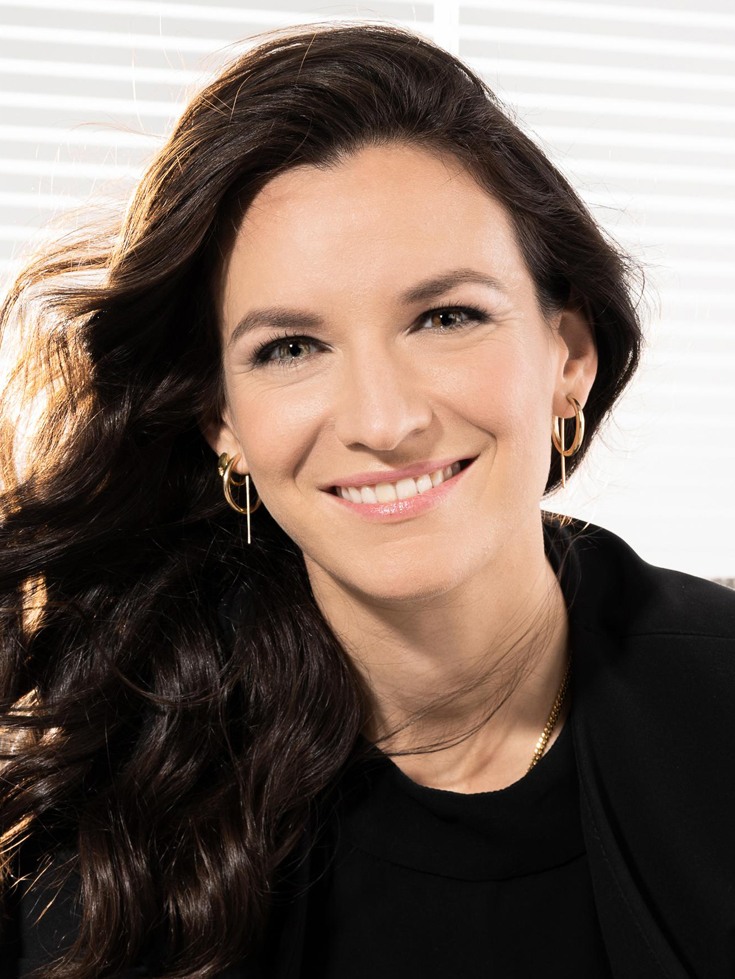More than 116 million people in the United States suffer from chronic pain, and half of them are partially or totally disabled by it. Unfortunately, we don’t know much about what happens in the brain during the transition from acute to chronic pain.
A new mobile application, developed by researchers at Brown University’s Robert J. and Nancy D. Carney Institute for Brain Science, is here to untangle the mystery.
The app is called SOMA, and it is designed to directly support individuals with chronic pain while also gathering the data that will help researchers better predict which patients’ pain will become chronic. The name stems from the Greek word for “body, entire person,” signifying that the app takes a holistic approach to pain. SOMA allows users to track their pain, treatment, and activities—including which efforts affect their pain in positive or negative ways. The app is now available through both Apple's App Store and Google Play.
“When you injure your foot, there are sensors in your body that signal to the brain that there’s potential tissue damage. And that’s when you start to experience pain,” says Frederike Petzschner, assistant professor of psychiatry and human behavior and research lead on the project. “The pain is happening at the level of the brain, not in the body. The problem is when pain becomes chronic, persisting well after the tissue has already healed.”
Petzschner and her team combine measurements of brain activity with behavioral assessments through the app to better understand how different parts of the brain control the initial signaling and the long-term maintenance of pain and the mechanisms of the transition from one to the other. With more detailed information about this process, clinicians will be able to offer treatment options that target the root cause of chronic pain.
